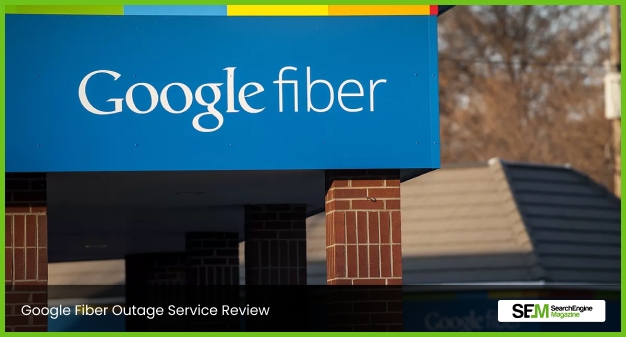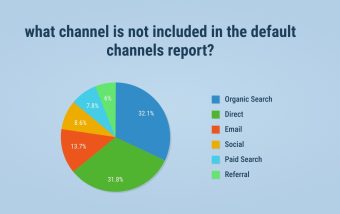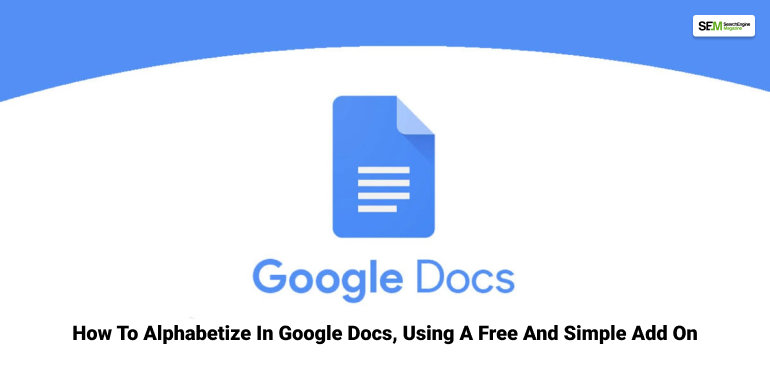Why Most Ecommerce Brands Misread ‘Low Traffic’ Product Pages (And How Smart SEO Agencies Fix It)
Dec 23, 2025

Dec 23, 2025

Dec 23, 2025

Dec 23, 2025

Dec 22, 2025

Dec 22, 2025

Dec 22, 2025

Dec 22, 2025

Dec 22, 2025
Sorry, but nothing matched your search "". Please try again with some different keywords.


Question: what feature must be enabled to use multi-channel funnels?
Answer: Goals or Ecommerce
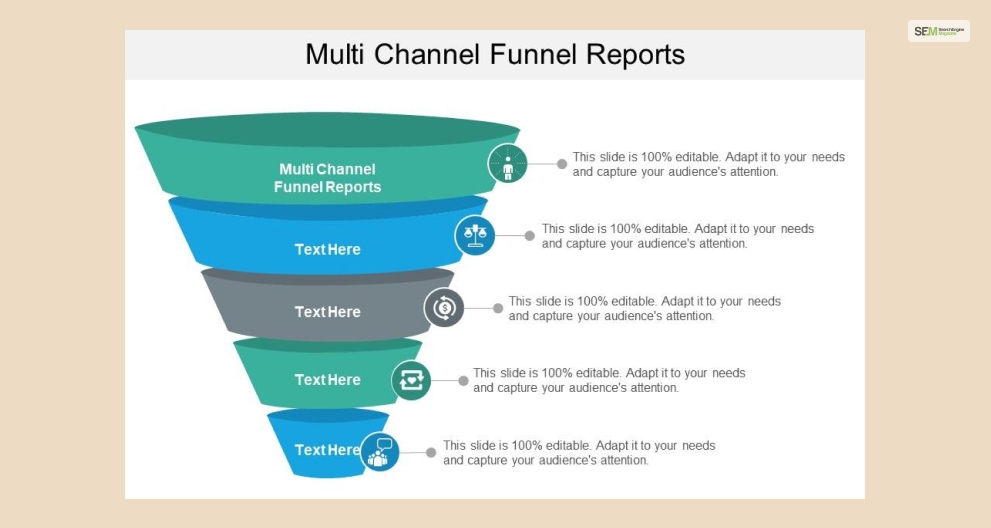
Google Analytics Multi-Channel Funnels is a feature that allows marketers to answer the gap between their paid AdWords performance. It also helps understand website insights displayed in the analytics. Multi-channel funnels show how content work across different channels and creates conversions.
In short, Multi-Channel Funnels show how the previous searches and referrals have contributed to your sales.
Read More: What Is Not A Benefit Of Google Analytics Remarketing?
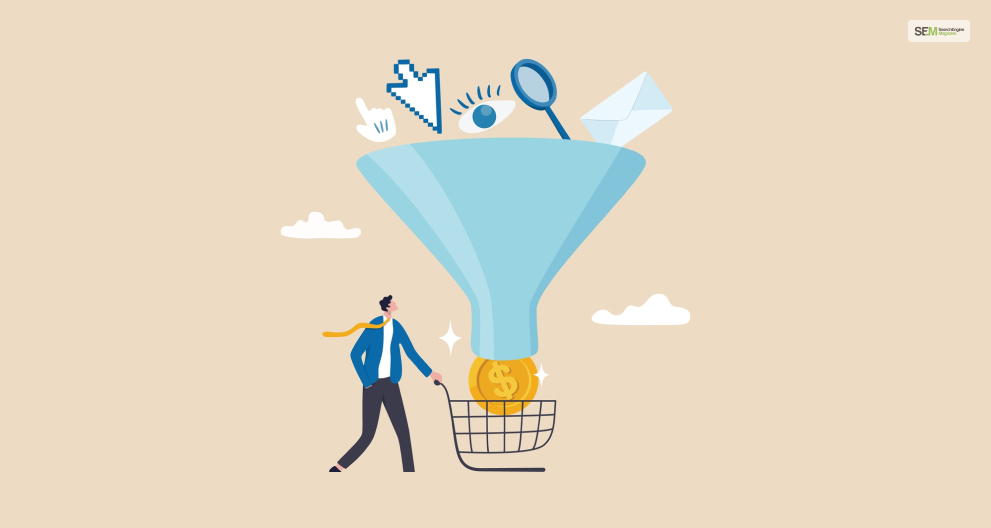
Before accessing the Multi-Channel Funnel Reports in Google Analytics, you must track conversion goals as simple eCommerce practice or something abstract. Google Analytics predefines different high-level goals such as acquisition, Revenue, inquiry, or engagement.
There are different goal templates within each of the categories. However, you will not have goal templates provided for your business if you did not select an industry in the Google business property – because these goal templates are business/industry specific.
However, you can also create custom goals such as –
So, you can clearly see that you need to choose a specific business industry and goals as a feature to use multi-channel funnels in Google Analytics.
There is a reason why you should have at least a goal established in Google Analytics, and the reason is that the program needs to know the destination or the end point of your multi-channel funnel report.
This helps you learn different activities across different channels that lead them to your web pages, complete your form, or make a purchase.
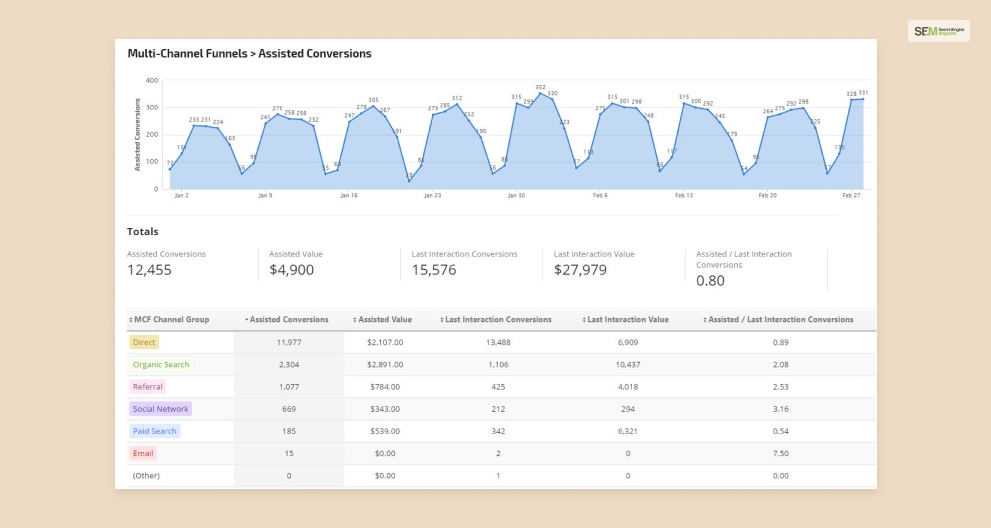
Conversions can be credited across different channels with the help of multi-channel conversion reports. Here are some of the channels you need to know about –
You get to learn a lot about the traffic in your marketing funnel, such as the difference between the traffic from mobile users vs traffic from desktop users. These are examples of the predefined segments, and you can also create your own based on what you want to learn.
You can ask the report to demonstrate certain types of conversions within the analytics menu. For example – those who last clicked on your emails, those who clicked first on paid search ads, or the users who took more than a day to convert and make a purchase.
Aside from some of these pre-defined conversion segments, you can create your own segments based on what you desire.
You can access five different crucial reports from the Multi Channel Funnel reports. Here are those insights –
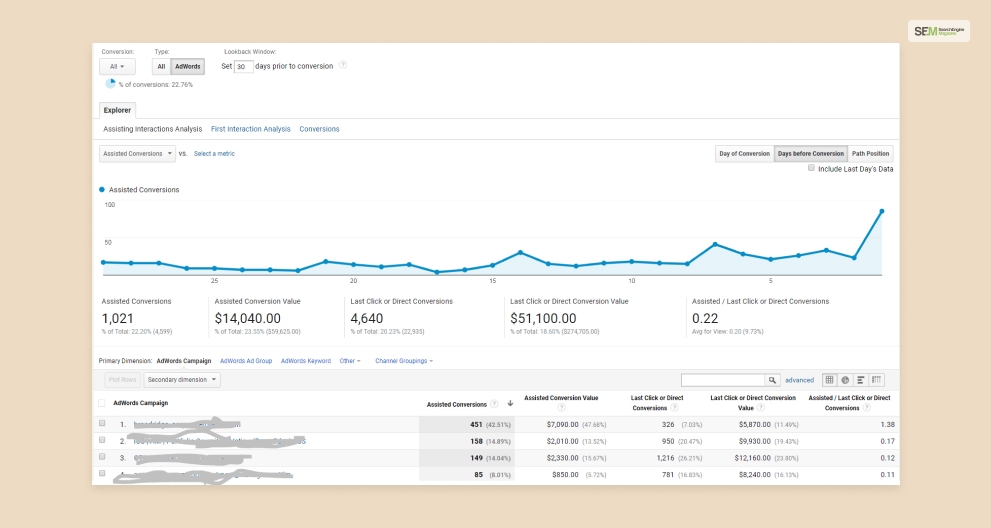
This summary compares and visualizes the different customer journeys of your customers during your specified time frame. You can see the journeys overlapping and the most essential content among all of them.
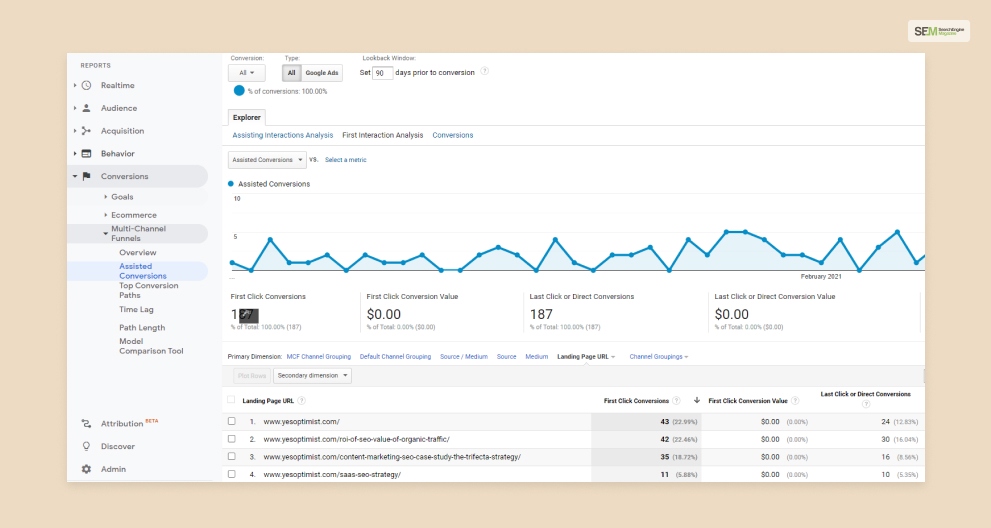
Through this report, you get to learn how many conversions each of these channels started, helped along the way, and completed. You will learn about the most effective and which are often the beginning channels and which are the ends.
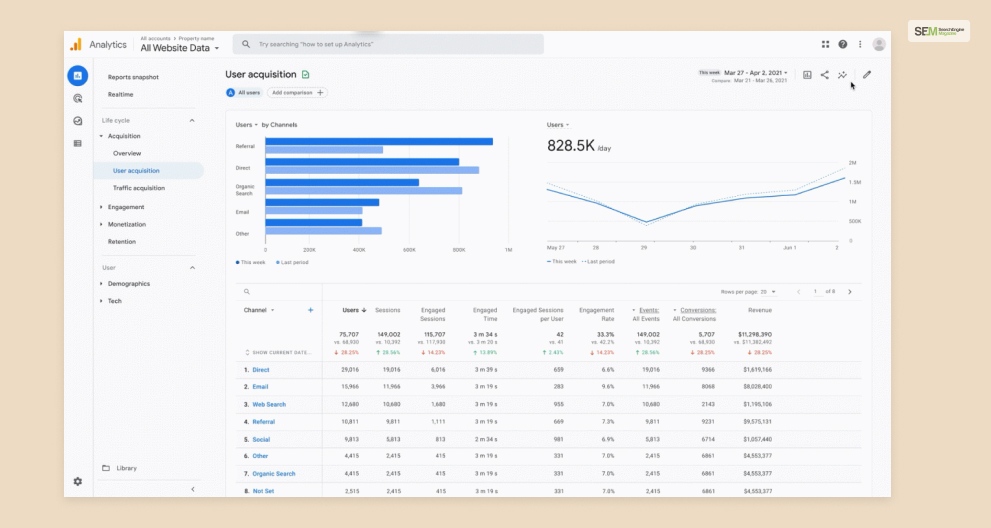
This multi-channel custom report shows the different groupings of the customer’s paths. It also shows the most common grouping among them. For example, some paths might include a paid touchpoint, while others include multiple social touchpoints and emails.
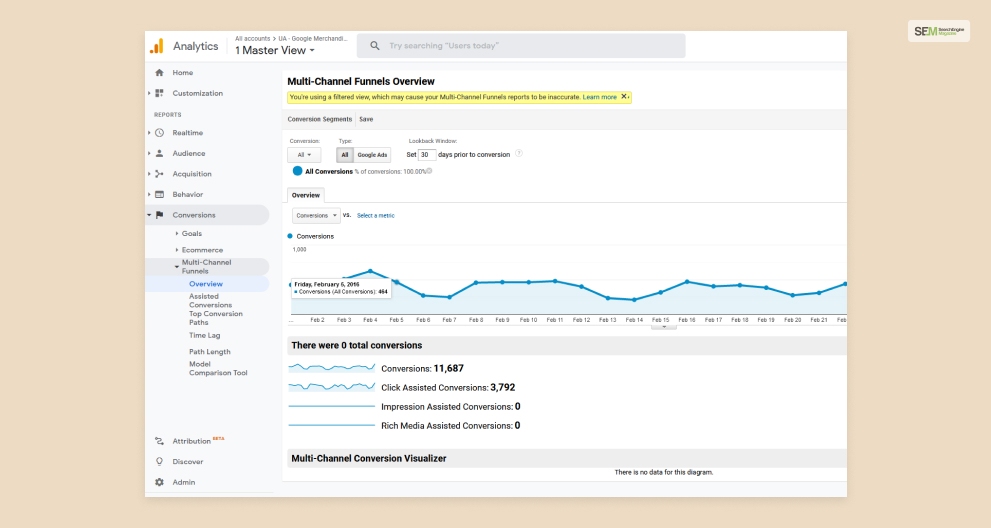
This report breaks down the time frame of the conversion of customers within a window of zero to twelve days. This teaches businesses and marketers about their sales length cycles and how different timelines may depend on different content.
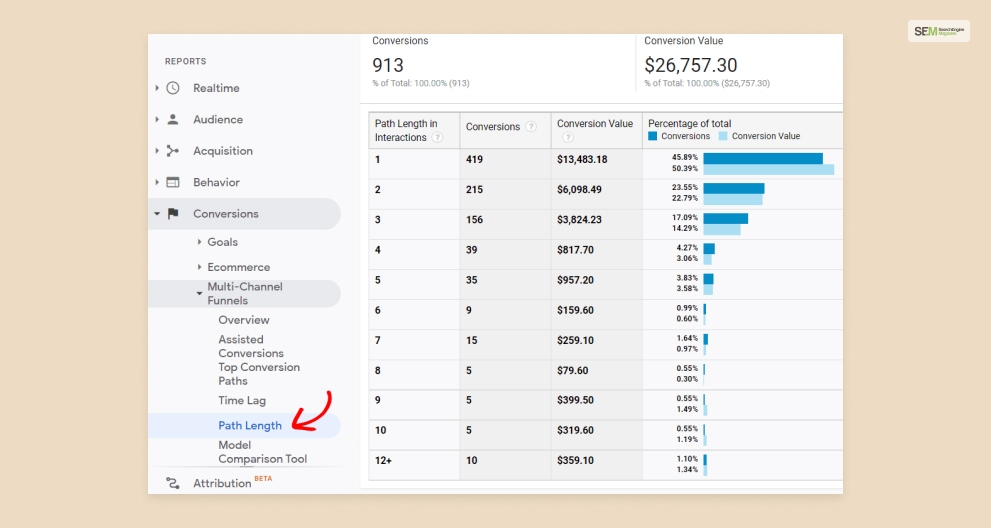
Using this report, you can learn about the number of interactions your customers had before fulfilling the goal you had set. You may see that low-value conversions happen swift, while the longer path directs toward more value per customer or the opposite.
Read More: What Channel Is Not Included In The Default Channels Report?
Once you go through this article, you will learn the answer to the question – what feature must be enabled to use multi channel funnels? I have also listed some valuable information regarding the Multi-Channel Funnels and insights you can gain from Multi-Channel Funnel reports. I hope that this article was helpful to you.
However, if you have any additional queries, you can let inform us through our comment box below. Thank you for patiently reading this entire piece.
Read Also:
Shahnawaz is a passionate and professional Content writer. He loves to read, write, draw and share his knowledge in different niches like Technology, Cryptocurrency, Travel, Social Media, Social Media Marketing, and Healthcare.
View all Posts
Why Most Ecommerce Brands Misread ‘Low Traf...
Dec 23, 2025
Twitter Marketing: How To Promote & Engag...
Dec 23, 2025
Reporting SEO: How To Create The Perfect SE...
Dec 23, 2025
Guide To Agile Certification Courses At Itsm ...
Dec 22, 2025
Why SimRigs Turn-Key Racing Simulators Are th...
Dec 22, 2025